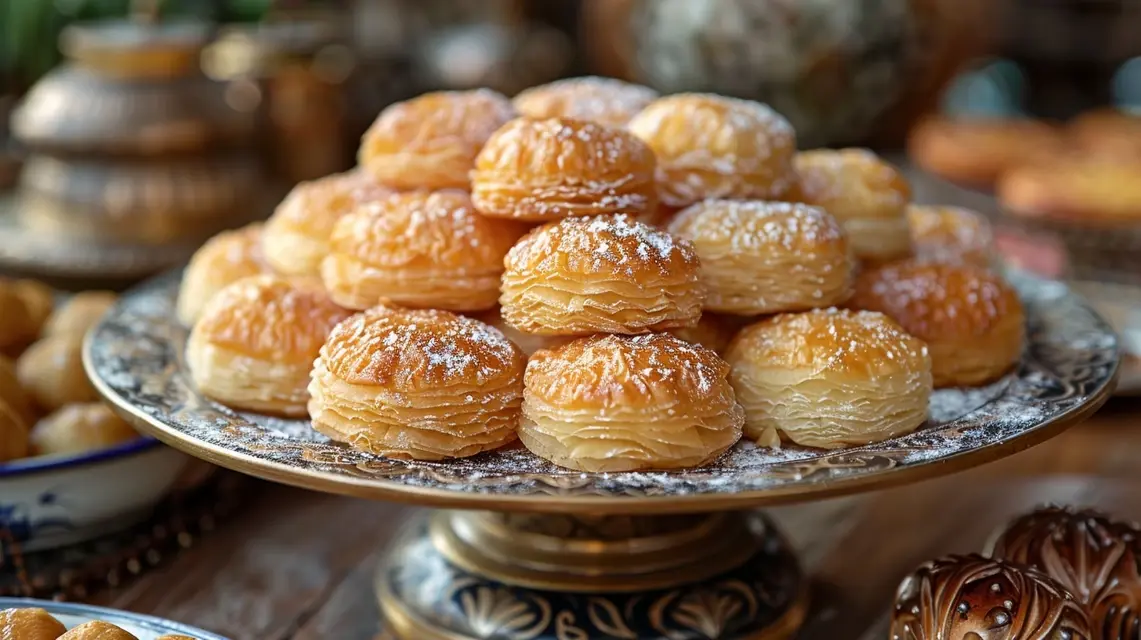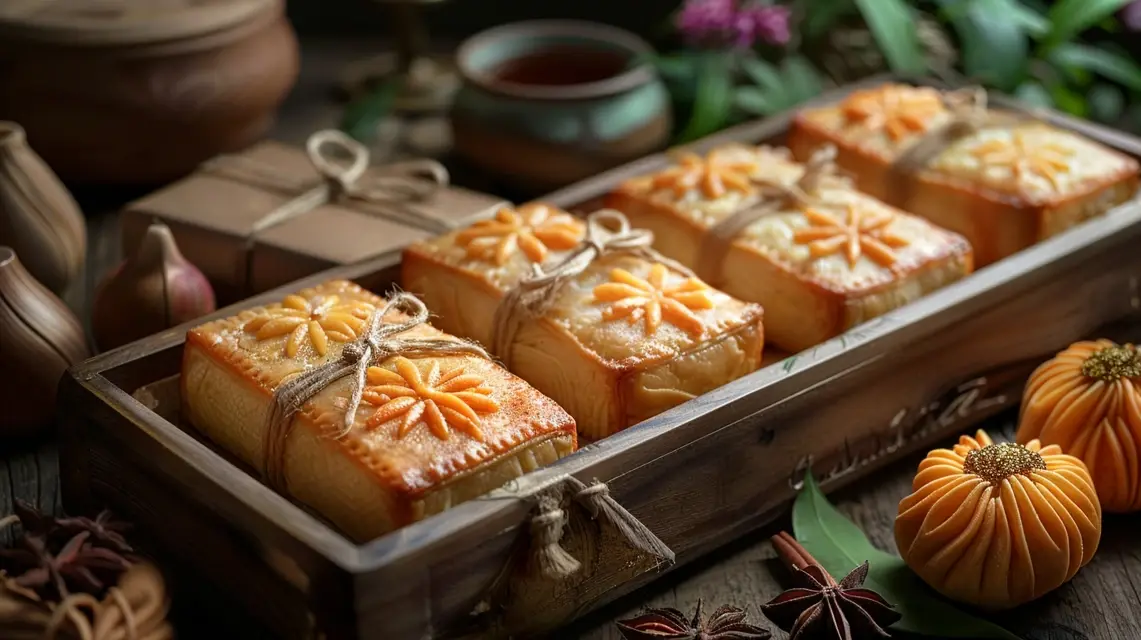Kataifi in Ancient Dessert Traditions
While kataifi is widely celebrated in modern Greek and Mediterranean cuisine, its origins are deeply rooted in ancient dessert traditions. With its distinctive shredded pastry and sweet syrup, kataifi reflects culinary practices that have evolved over centuries. Exploring its place in ancient traditions helps us understand how food, culture, and history intertwine in the making of one of the region’s most beloved desserts.
The Early Roots of Kataifi
Although the exact beginnings of kataifi are debated, historical accounts suggest that desserts resembling kataifi were enjoyed in ancient Greece, Byzantium, and early Middle Eastern cultures. These sweets often featured combinations of nuts, honey, and thin layers of dough, symbolizing prosperity and abundance during festivals and feasts.
Kataifi and Ancient Ingredients
Key ingredients in kataifi—nuts, honey, and grains—were staples of ancient Mediterranean diets. Their use in desserts demonstrated both creativity and reverence, as sweet offerings were often tied to religious rituals, harvest celebrations, and hospitality customs.
Kataifi in Ritual and Ceremony
In ancient societies, food was more than nourishment; it was part of ritual and symbolism. Early versions of kataifi-like desserts were presented at religious festivals and communal gatherings, reflecting shared values of generosity and unity. The sweetness of honey and the richness of nuts represented blessings and abundance offered to guests and deities alike.
From Ancient Tables to Byzantine Influence
The Byzantines further developed pastry traditions, introducing fine dough-making techniques that brought kataifi closer to its recognizable form. Recipes from this period often emphasized elaborate presentation, linking the dessert with the grandeur of imperial banquets and celebrations.
Trade and Culinary Exchange
As trade flourished across the Mediterranean, kataifi evolved through cultural exchange. Ingredients like spices from the East and new nut varieties enriched ancient dessert traditions, blending local practices into recipes that gradually resembled modern kataifi.
The Legacy of Ancient Kataifi Traditions
Though adapted and refined over time, kataifi retains the essence of ancient dessert-making: combining simple yet symbolic ingredients to create food that unites communities. Its continuity from ancient rituals to modern celebrations highlights the resilience of culinary traditions in preserving cultural identity.
Conclusion: A Sweet Link to Antiquity
Kataifi’s presence in ancient dessert traditions demonstrates its role as more than a sweet treat—it is a cultural heirloom that carries the flavors, values, and history of Mediterranean civilization. From ritual offerings to festive tables, kataifi continues to embody the spirit of community and continuity across the centuries.
Related reading: For more insights into the history of Mediterranean sweets, explore our Kataifi Dessert Traditions collection.




